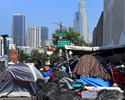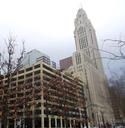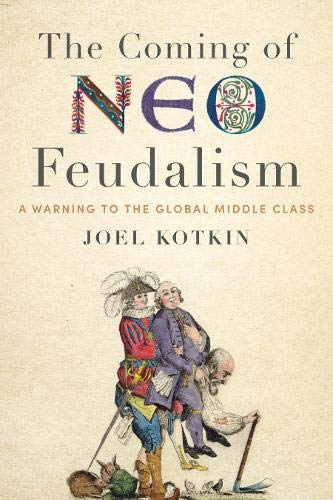New Zealand home prices are among the highest in the world relative to incomes and rents, with the capital city of Auckland having a median home price of $830k and a house price to income median multiple of 8.6 – in contrast to Houston’s far more affordable 3.6 - as documented in the Annual Demographia International Housing Affordability Survey. These prices have been growing at one of the fastest rates in the OCED: 266% since 1991. read more »
Urban Issues
Xi'an: Ancient and Modern: The Evolving Urban Form
Xi’an (pronunciation) is located in central China, on the Wei River, a tributary of the flood-prone Yellow River (Huang He). Xi’an is at the bottom of the “Ordos Loop” (see Surprising Ordos: The Evolving Urban Form), which is formed by the Yellow River’s sharp northward turn upstream at Lanzhou, toward Inner Mongolia (Nei Mongol). read more »
- Login to post comments
Pandemic Changes More Than Where We Work and Live
Pandemic Changes Congestion
Until the pandemic, people’s choices were largely shaped by their workplaces and commutes. A 25-minute drive to work could become an hour and a half at rush hour. read more »
Post-Pandemic Housing Reality, Alt Cities to CA-NYC Housing Boom
A crazy week with a *ton* of new items I'll only be able to partially get through in this post, including some followups to last week's post about California tech companies moving to Texas: read more »
- Login to post comments
Peak Progressive?
In the minds of most progressives, as well as some horrified conservatives, California is the harbinger of America’s future. read more »
- Login to post comments
Latest Data Shows Pre-Pandemic Suburban/Exurban Population Gains
The latest complete American Community Survey (ACS) data, analyzed by the Demographia City Sector Model, indicates that population growth in the nation’s 53 major metropolitan areas (over 1,000,000 residents) continues to be, even before the pandemic, overwhelmingly suburban and exurban. read more »
- Login to post comments
The Big Moves: Where People Are Moving
For decades, New York has been the leading exporter of people to other states, though has been severely challenged since 2000 by California. During five years around the housing bust, more net domestic migrants left California than New York. Then, for a time, California’s annual losses were not quite as severe read more »
- Login to post comments
The Big Thing That Trump Got Right and Biden Can’t Afford to Screw Up
For all his ugliness and buffoonery, Donald Trump got some big things right, politically and practically, that Joe Biden will undo at his own peril. Almost all of Trump’s wins, abroad and at home, have one thing in common: They focused on most Americans achieving broader prosperity and not only the best-off. read more »
- Login to post comments
Why Trump's America Will Live On
Like many, if not most Americans, I am somewhat relieved to see the petulant, nasty and sometimes clearly unhinged Donald Trump leave the White House. Yet for all his antics and vitriol, Trump has left a legacy that will be difficult to ignore and, given the dispensation of his opponents, could shape the future for the next decade. read more »
- Login to post comments
Look to Orange County for How to Turn California Purple
For decades, Orange County was a reliable incubator of conservative politics, and, in the era of Nixon, Goldwater and Reagan, a fairly powerful force in the state and on the national level. read more »
- Login to post comments






















